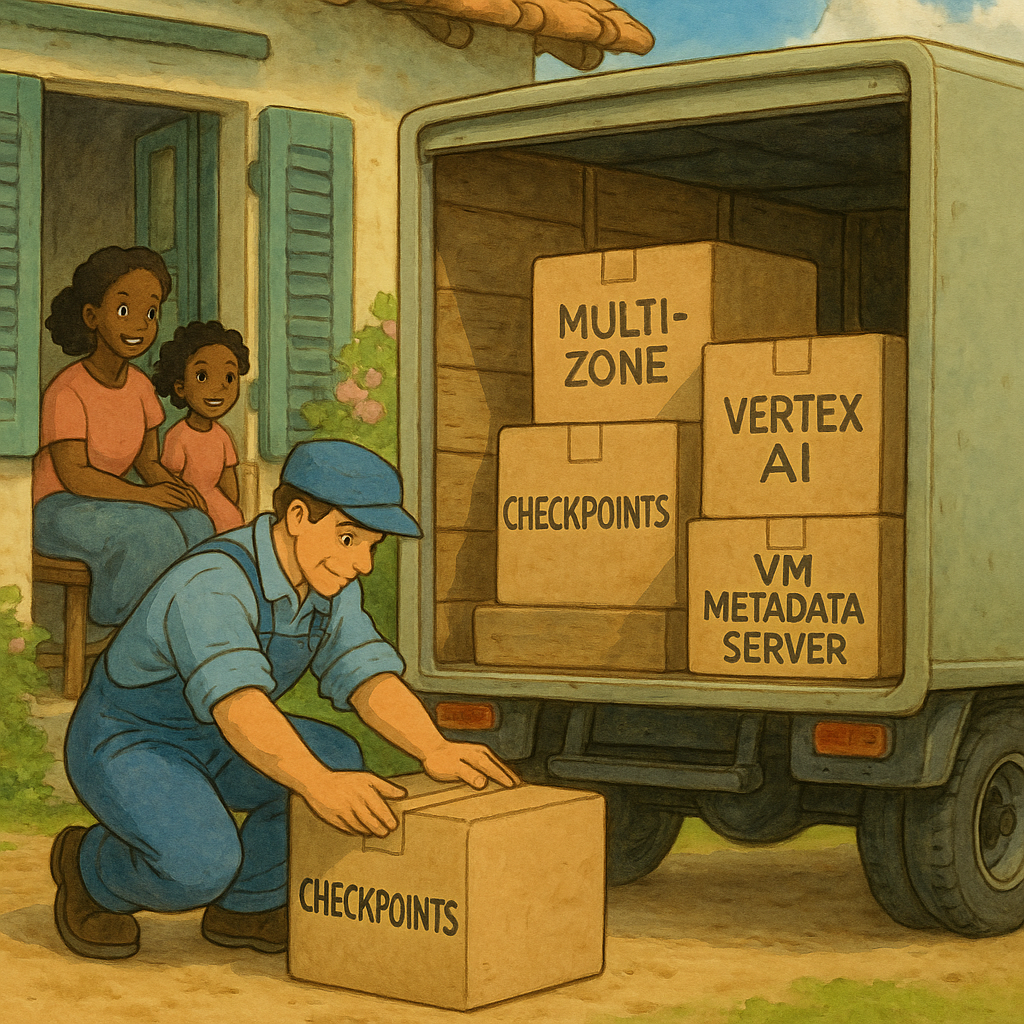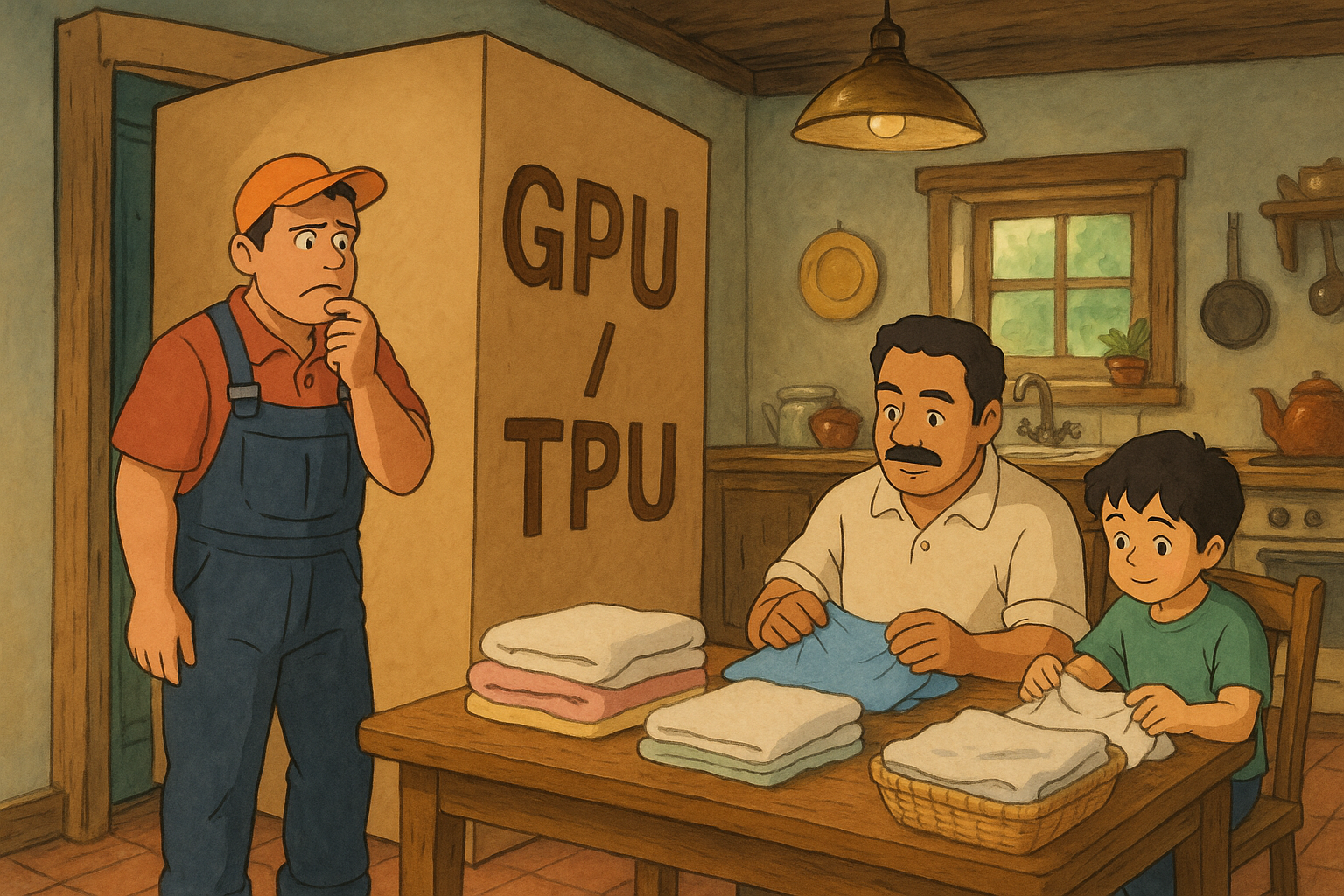Thoughts & Learnings
-

GCP live migrations - Strategies for Resilient AI on Google Cloud
This is a post sharing what I have learned about keeping systems running AI workloads resilient and available.
-

GCP live migrations - The GPU and TPU Limitation - Why AI Workloads are Different
AI is nestling into every corner of what we do and work with. As organizations begin to develop and adapt their products and services to integrate AI, this post highlights a nuance to be mindful of.
-

GCP live migrations - What is it and how it works
In this post I talk about what I learned when it comes to live migration on GCP. This helps explain how high availability is provided for compute resources.
-

GCP ACE Renewal | Experiences and Take Aways
Final thoughts on the experience of passing and renewing my ACE cert. Reaping the reward for my effort.
-

GCP ACE Renewal | Time, Prep, Study
Here I give an inside look on what worked for me while studying for this cert. Taking the time I need and growing my knowledge.